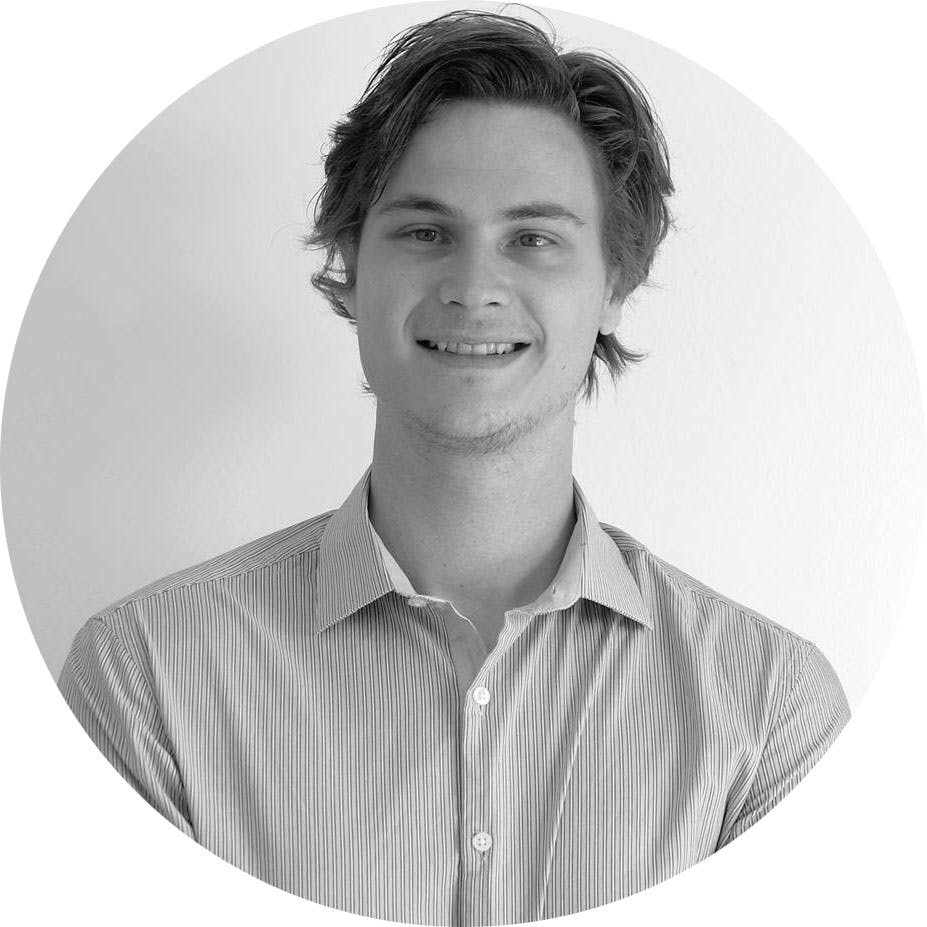Why take this course
In this course, we'll show you the ins and outs of advanced 3D modeling techniques. You'll learn how to create an organic envelope using Rhinoceros 3D and Grasshopper, bringing your design to a schematic level. Our reference project for this course is the Heydar Aliyev Centre, designed by Zaha Hadid Architects - a perfect example of a challenging organic envelope and stunning inner spaces.
This course is tailored for intermediate and advanced users who want to improve their 3D modeling skills. You'll learn how to use Rhino, a powerful free-form NURBS modeler, and Grasshopper, a powerful tool for parametric design. You will use Rhino’s new Subdivision geometry type to model the organic envelope and use Grasshopper to generate the facade’s spaceframe parametrically.
The lessons will be challenging, but also incredibly satisfying. By the end of it, you'll have the skills and knowledge to create amazing, detailed facades with ease. Sign up now to improve your 3D modeling skills and take your designs to the next level.
Rhinoceros 3D: Using Subd modeling to create organic shapes
One of the new features of Rhinoceros 3D is its ability to perform Subd modeling.This new type of geometry allows for the creation of smooth and organic shapes by subdividing a surface into smaller, more manageable parts. This modeling method is especially useful for creating complex, free-form shapes that would be difficult to achieve with traditional modeling methods.
Smooth and Organic Shapes
Subdivision (Subd) modeling is a powerful technique that allows for the creation of smooth and organic shapes. By breaking down surfaces into smaller, more manageable parts, it enables the creation of complex and free-form shapes that would be challenging to produce with conventional modeling methods. The added precision and control offered by Subd modeling makes it a valuable tool for creating high-quality, highly detailed models.
Subdivision control
With the ability to adjust the number of subdivisions, you have the freedom to create models with the desired level of smoothness and precision. This level of control makes Subd modeling an essential tool for creating highly detailed and realistic models.
Topology independence
Subdivision modeling offers the freedom to create models without the constraint of a specific topology, allowing for more flexibility in the design process. This modeling method provides the ability to create a model with any desired topology, making it a powerful tool for achieving a wide range of design goals.
Efficiency
This method of modeling is more efficient than traditional modeling techniques, as it allows for the creation of a low-resolution model that can be easily refined and adjusted as needed. This method provides a more efficient workflow and allows for better control over the level of detail and resolution of the final model, making it a popular choice among 3D artists and designers.
1.- Introduction
06min 15seg2.- Explanation of the new SubD geometry
06min 36seg3.- Creating the first part of the facade
09min 35seg4.- Finishing the rough shape of the inner facade
11min 00seg5.- Adding the gap near the entrance
13min 33seg6.- Creating the facade openings
11min 13seg7.- Generating the outer shell using Grasshopper
14min 58seg8.- Modeling the glass curtain wall
08min 56seg9.- Adding the mullions using Grasshopper
18min 21seg10.- Finishing the glass curtain walls + final touches
23min 30seg
